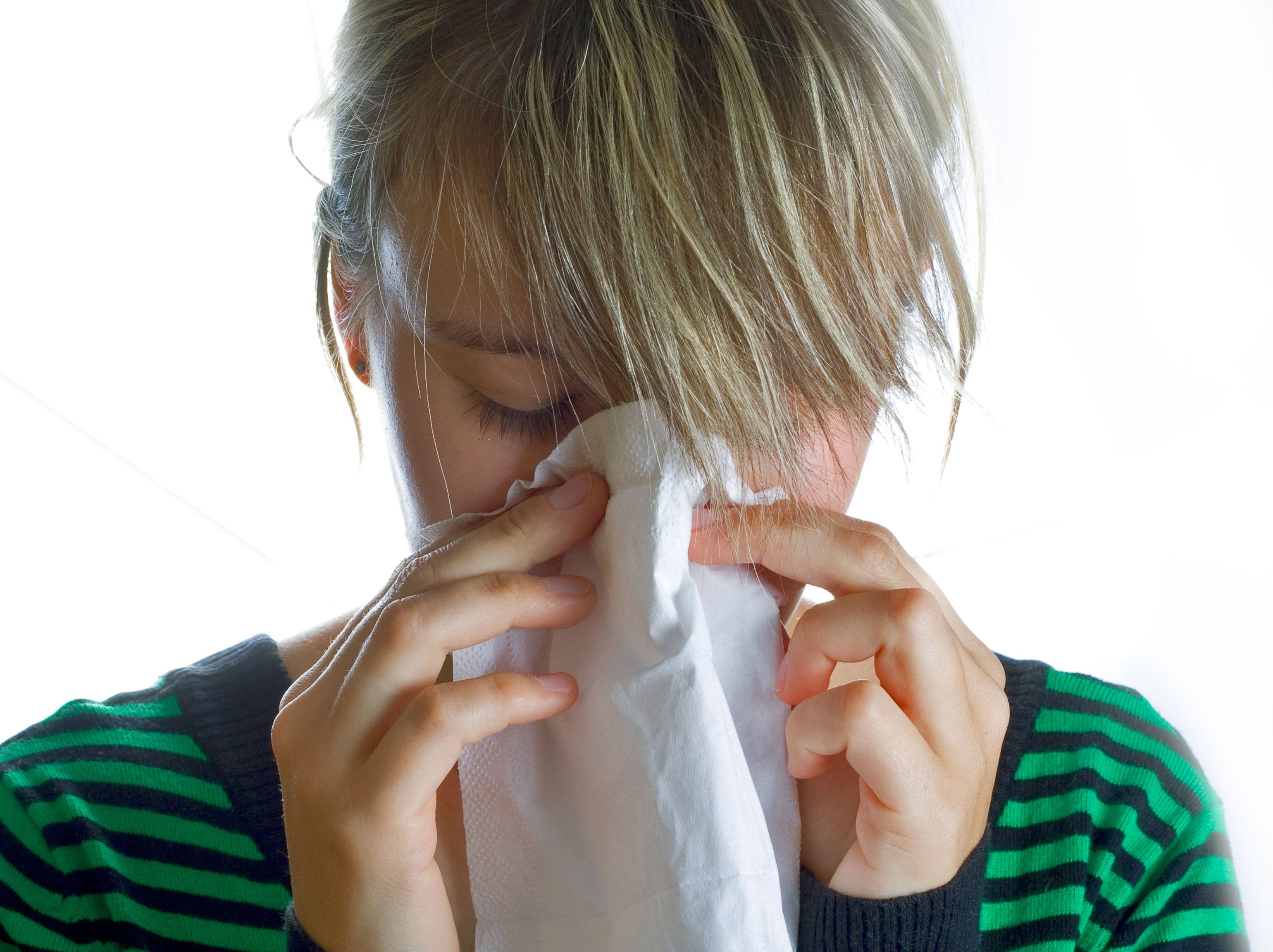The air can be filled with respiratory irritants, from man-made pollution to pollen and mold spores that lead to sneezing and wheezing year round. But colds can happen throughout the year, too. How can you tell the difference, and why does it matter?
The Cleveland Clinic describes an allergy as “the body’s inappropriate and exaggerated response to a foreign substance.” For most allergy sufferers, that might seem to be the epitome of understatement.
People can be allergic to a surprisingly broad range of irritants-airborne or otherwise-but one that comes up most often during the warmer months is pollen. Common symptoms of pollen allergies can include a combination of headache, water eyes, stuffy/runny nose, and/or sore throat, and difficulty breathing-not the best way to go through a workout session.
Since pollen and mold spores are airborne, windy days can make the health issues associated with pollen allergies more severe. Checking the air quality index is always a good idea before heading outside, and with some tactical planning, it’s possible to take advantage of the windows of time following a rainfall and before the start of increased pollen production by plants. Cool, rainy-and especially windless-days are often good indicators that the amount of pollen in the air will be comparatively low, but keep in mind that the formation and release of mold spores can occur in such weather, too.

Summer allergies (or hay fever) can develop even in people who have never had allergies. In such cases, it’s easy to mistake the symptoms for a cold. It can be important to the know the difference in order to treat the symptoms accordingly, and in the case of allergies, to help determine what you’re allergens are causing the problem in order to avoid, or at least cut down on the severity of, future allergic reactions.
The American College of Allergy, Asthma & Immunology (ACAAI) offers some tips on how to determine if you have a summer cold or allergies:
- If symptoms last for two weeks or more, you likely have allergies.
- If your symptoms become progressively worse, it’s likely a cold.
- Itchy eyes, throat and nose-along with sneezing-usually indicate allergies.
- People with asthma may be more likely to have an allergy than a cold. About 75 percent to 80 percent of people with asthma also have some type of allergy.
Although summer colds and allergies might not seem serious, both can progress and lead to other health problems, such as a sinus infection. If someone experiences persistent symptoms, see an allergist for testing, diagnosis and treatment, the ACAAI advises.
Allergic Testing
Knowing exactly what you are allergic to can help you lessen or prevent exposure and be useful to treat reactions. There are several tests to narrow down the possibilities:
- Allergy skin tests-Allergy skin testing is considered the most sensitive testing method and provides rapid results. The most common test is the “prick test,” which involves pricking the skin with the extract of a specific allergen, then observing the skin’s reaction.
- Serum-specific IgE antibody testing-These blood tests provide information similar to allergy skin testing.
There is no cure for seasonal allergies, but avoiding triggers and receiving treatment, such as medication or allergy shots, can provide relief and keep symptoms from worsening.
References:
1.http://my.clevelandclinic.org/disorders/allergies/hic_allergy_overview.aspx
2. http://www.nlm.nih.gov/medlineplus/magazine/issues/summer11/articles/summer11pg20.html
3. American College of Allergy, Asthma and Immunology, news release, June 11, 2013

